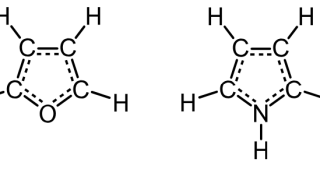
What lignin can do in cellulose nanofibre hydrogels
Hydrogels are fascinating materials that can absorb and retain large amounts of water, making them useful in various fields such as medicine, environmental science, and engineering. A recent study has explored a new type of hydrogels made from cellulose nanofibres (CNFs) and lignocellulose nanofibres (LCNFs), aiming to enhance their strength and water-absorbing capabilities. Cellulose and […]








